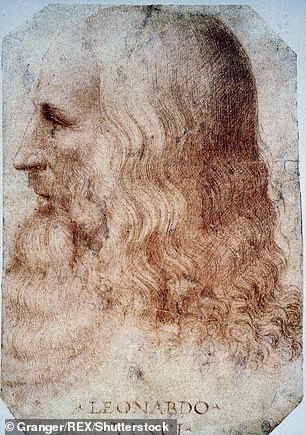
Unveiling Leonardo da Vinci’s Ancestry: Tracing 21 Generations Across Seven Centuries
Leonardo da Vinci’s Family Tree Revealed: A 690-Year Legacy Uncovered
A new study traces the Renaissance genius’s lineage back to 1331, offering clues to his extraordinary mind and origins.
Italian polymath Leonardo da Vinci (1452–1519) revolutionized art, science, and engineering. Now, researchers Alessandro Vezzosi and Agnese Sabato unveil his sprawling family history in their book Genìa Da Vinci. Genealogy and Genetics for Leonardo’s DNA. Spanning 21 generations and over 400 relatives, the tree begins with Michele da Vinci (born 1331) and covers 690 years of lineage from Tuscany.
Unlocking Leonardo’s DNA
The study aims to reconstruct Leonardo’s genetic profile to explore the roots of his brilliance, health, and possible causes of death. “Our goal is to enable scientific research on his DNA,” says Vezzosi. “This could reveal insights into his creativity, visual acuity, and even his final days.” Leonardo died at 67 in 1519, likely from a stroke, though records remain unclear.

The family tree traces back to Michele (1331), with branches leading to Leonardo (1452).
A Complex Heritage
Leonardo’s father, Ser Piero, was a Florentine notary, while his mother, Caterina, was likely an enslaved woman from the Caucasus region. Recent findings suggest she served a wealthy banker before eloping with Ser Piero. Born out of wedlock in Anchiano, Leonardo was raised by his paternal grandparents. His grandfather, Antonio, split his time between farming in Italy and trade ventures in Spain and Morocco.
Legacy Without Heirs
Though Leonardo had no children—scholars speculate he was gay—he had 22 half-siblings from his father’s later marriages. The lineage continued through Domenico, a half-brother 30 years his junior, whose descendants include modern-day farmers, artists, and professionals. The family surname evolved to “Vinci,” dropping the “da.”

Researchers Vezzosi and Sabato with the Vinci family chronicles.
Tracing Epigenetic Secrets
The book suggests Leonardo’s notes on heredity—reflecting diet, environment, and emotion’s role in biology—hint at an intuitive grasp of epigenetics. “He linked nature and nurture in ways still relevant today,” Sabato explains.
Architect of the Future
Beyond masterpieces like the Mona Lisa and The Last Supper, Leonardo’s engineering sketches envisioned helicopters and submarines. His anatomical studies, including the optic nerve, transformed medical understanding despite societal taboos.
Preserving a Legacy
The Da Vinci family tomb in Vinci’s Santa Croce Church, currently under excavation, may hold remains of Leonardo’s relatives. Seven ancestral homes were identified, including properties once owned by the polymath.

Leonardo’s iconic works continue to captivate millions.
Living Relatives
Today, Leonardo’s descendants include a porcelain seller, an upholsterer, and an artist. The research, to be presented in Vinci and featured in an upcoming documentary, bridges past and present, ensuring the Renaissance master’s legacy endures.
In a world still mesmerized by his genius, Leonardo’s story proves that brilliance transcends centuries—rooted in history, yet forever innovative.


